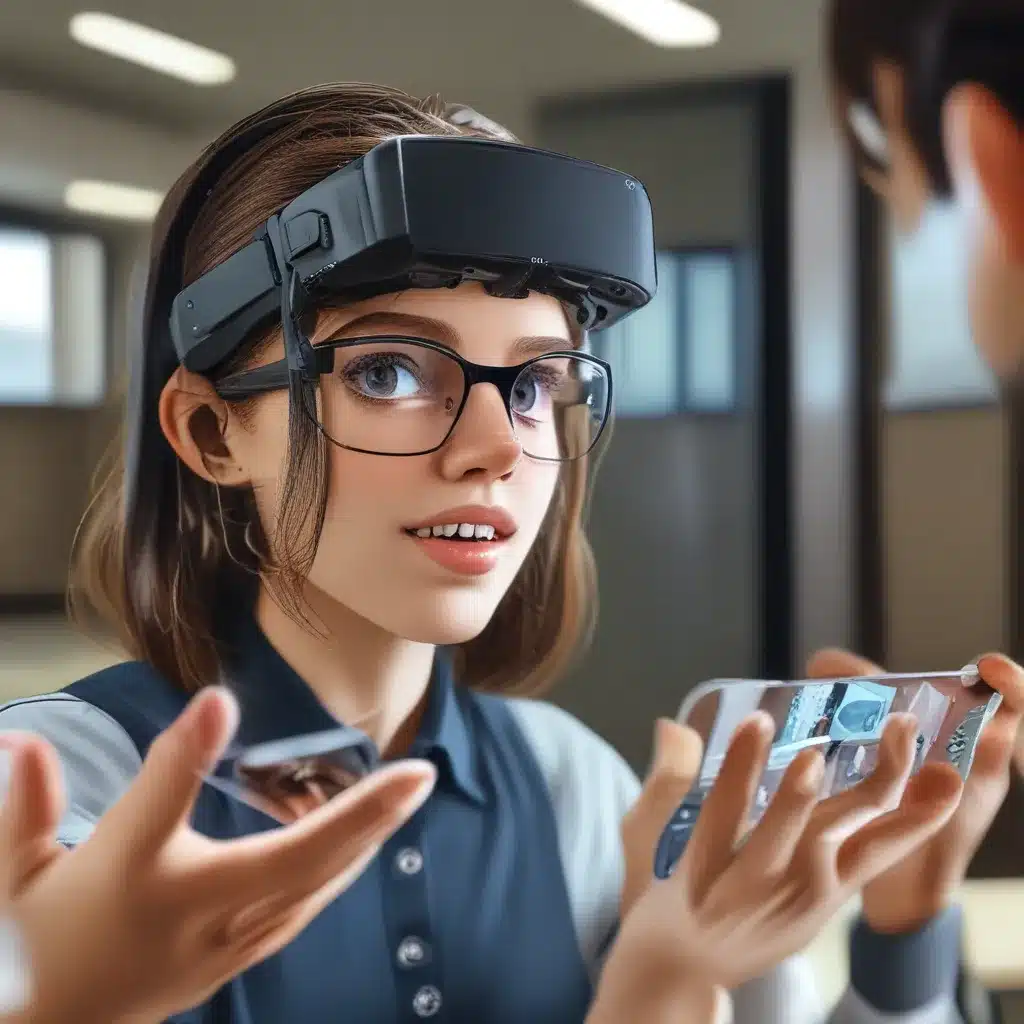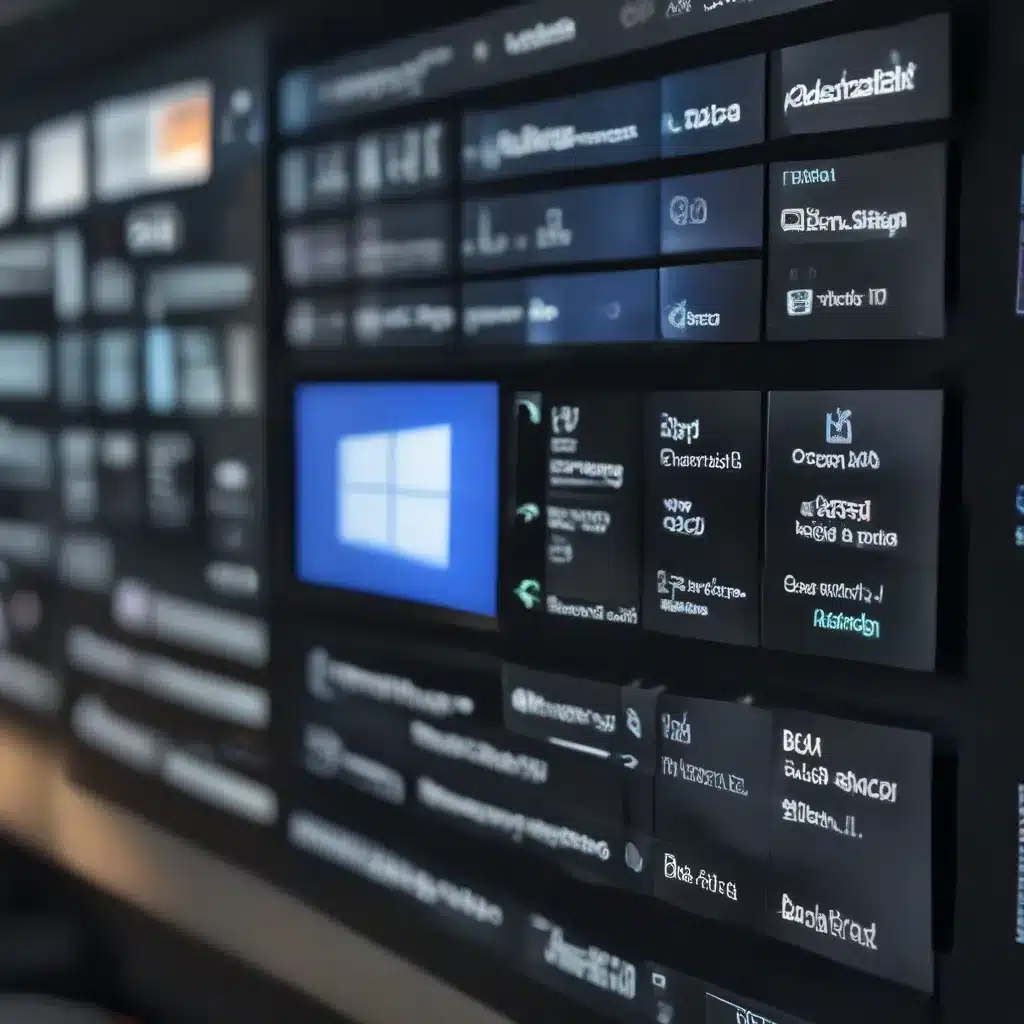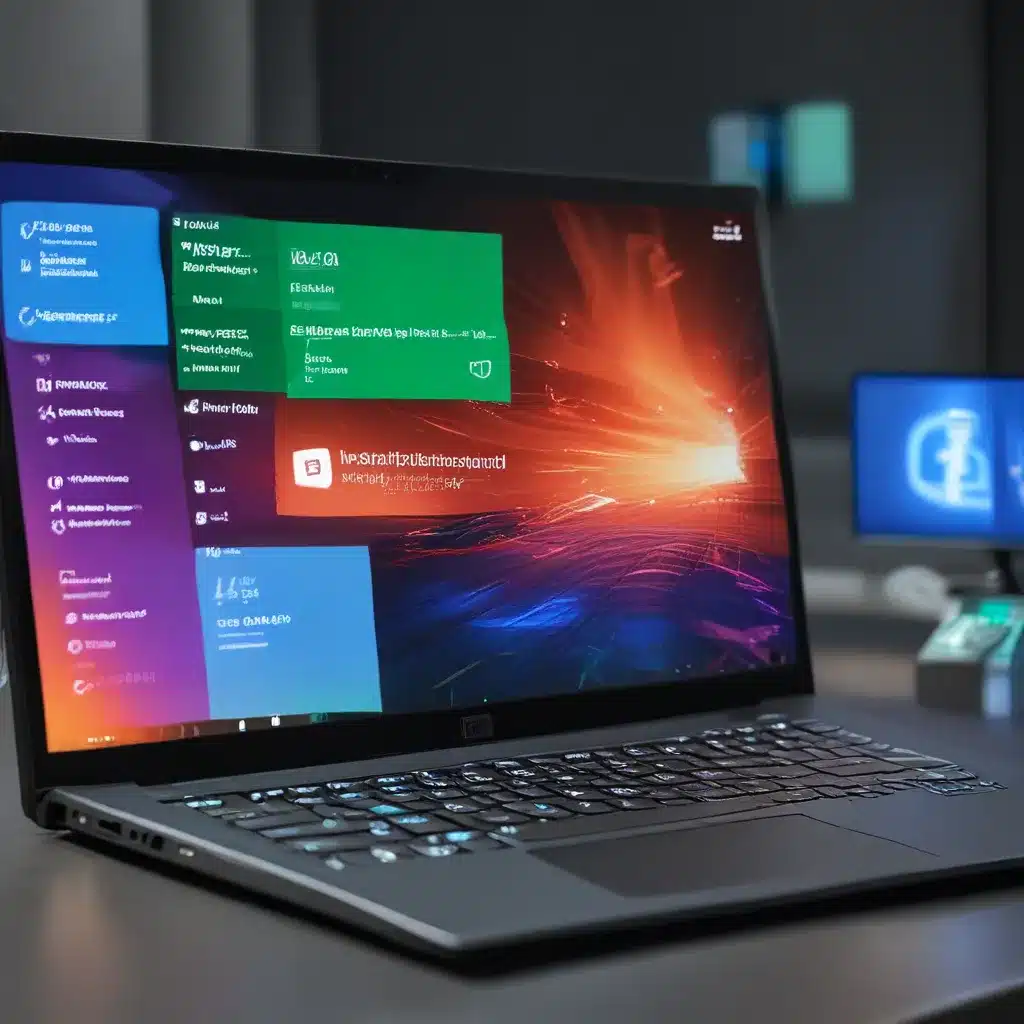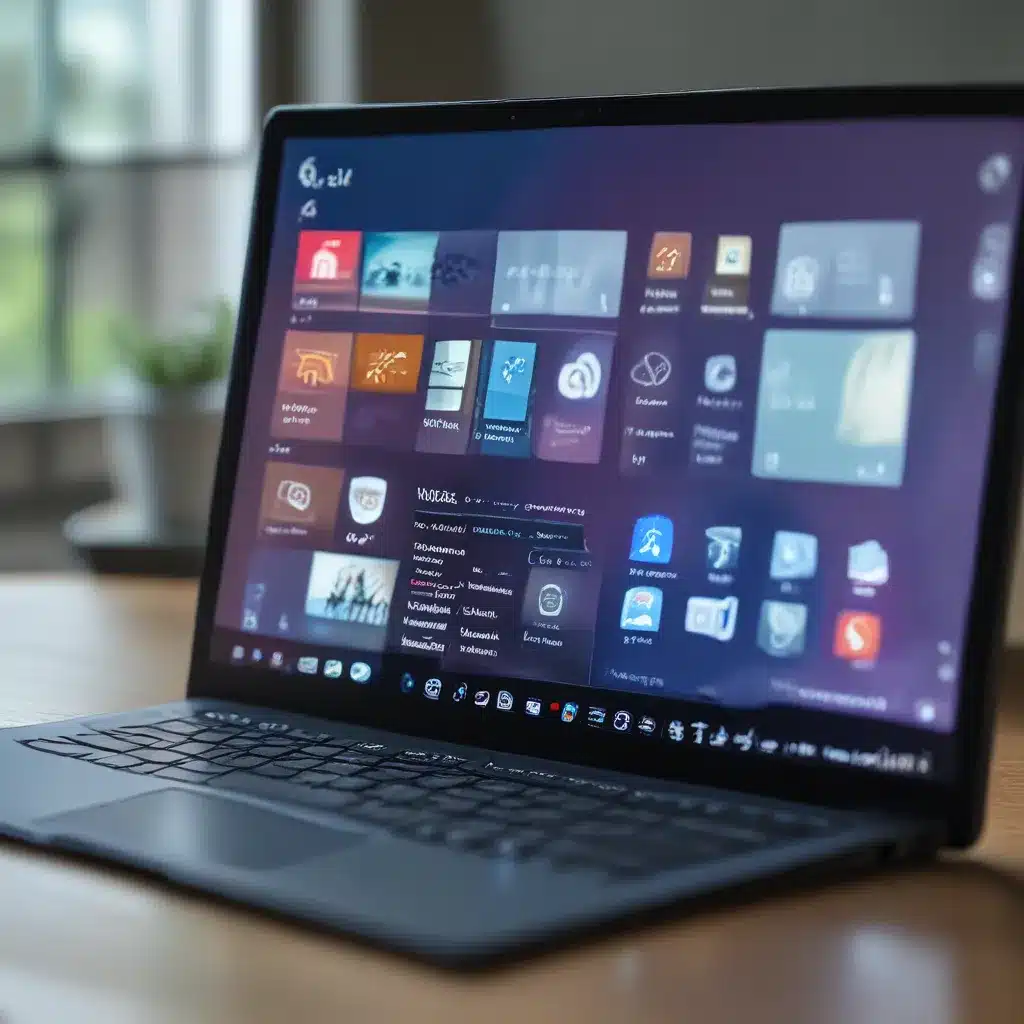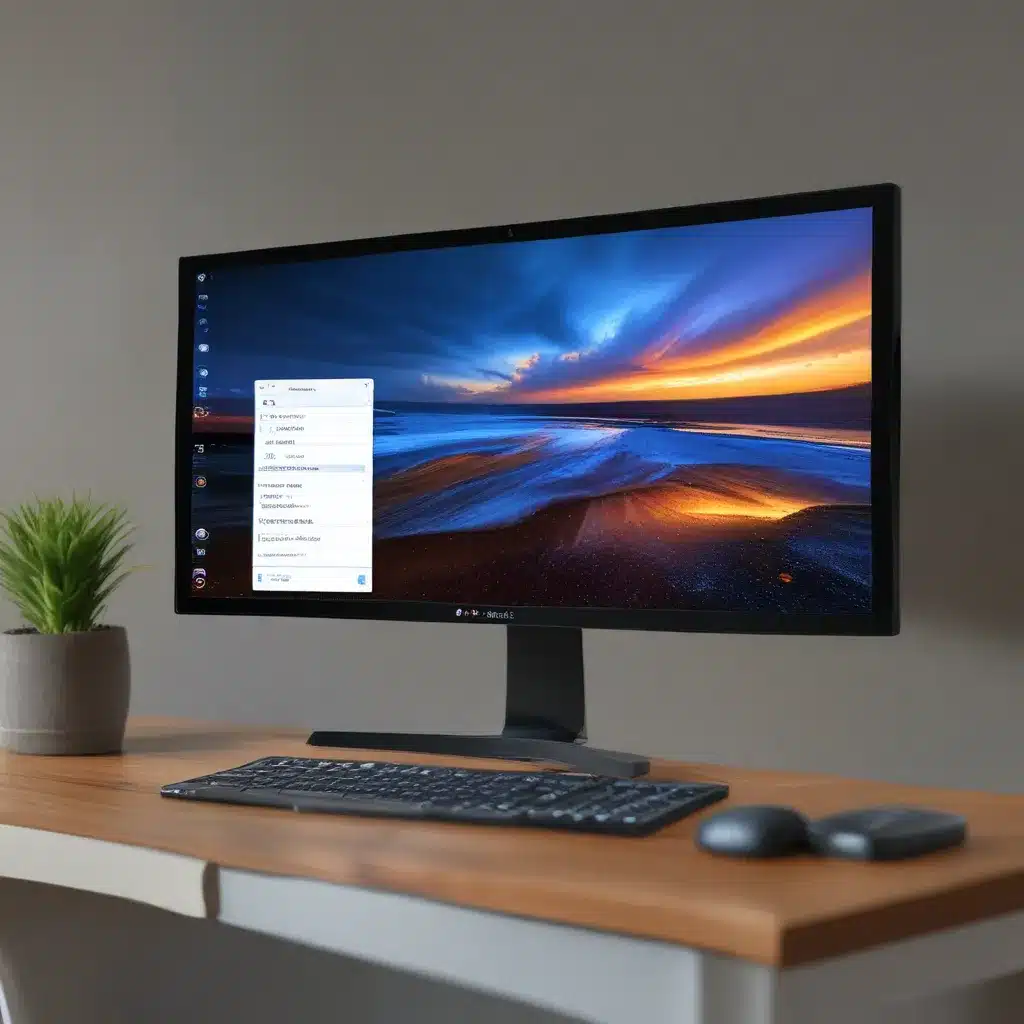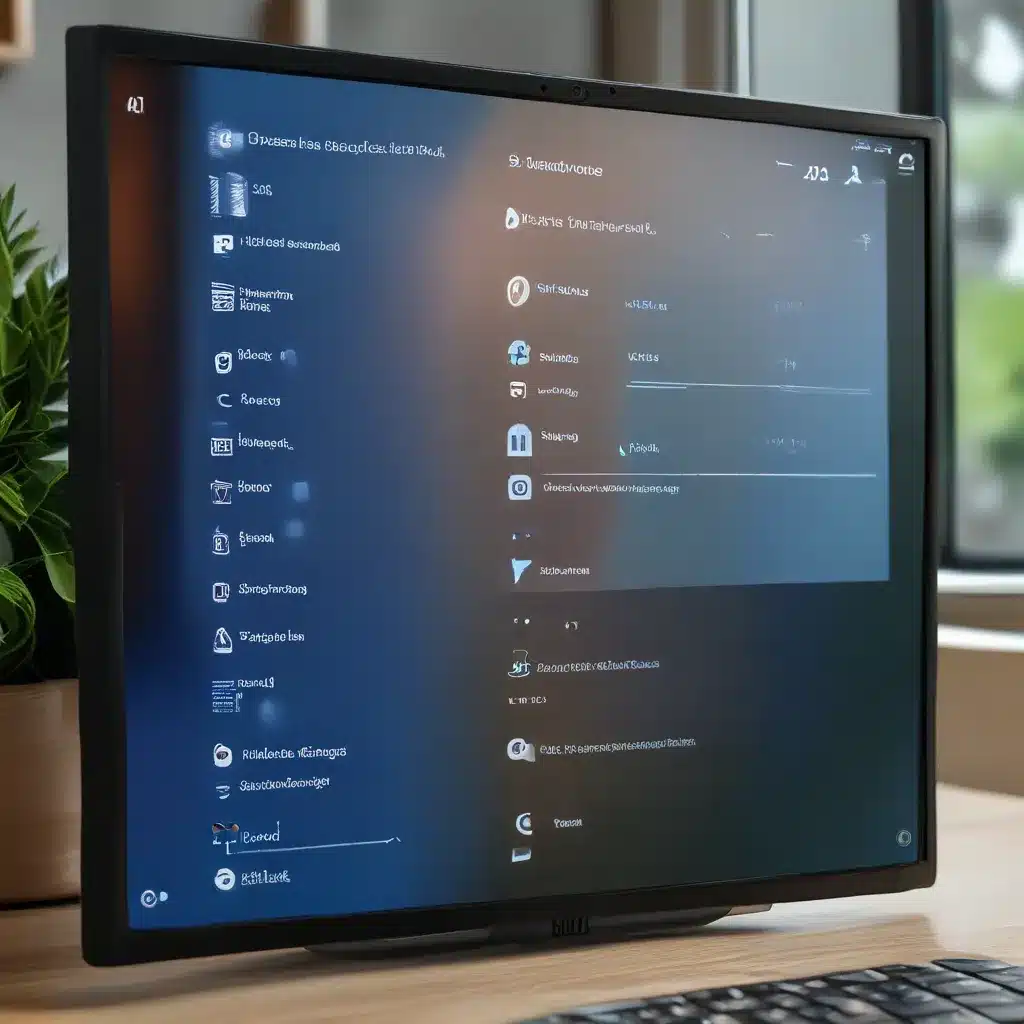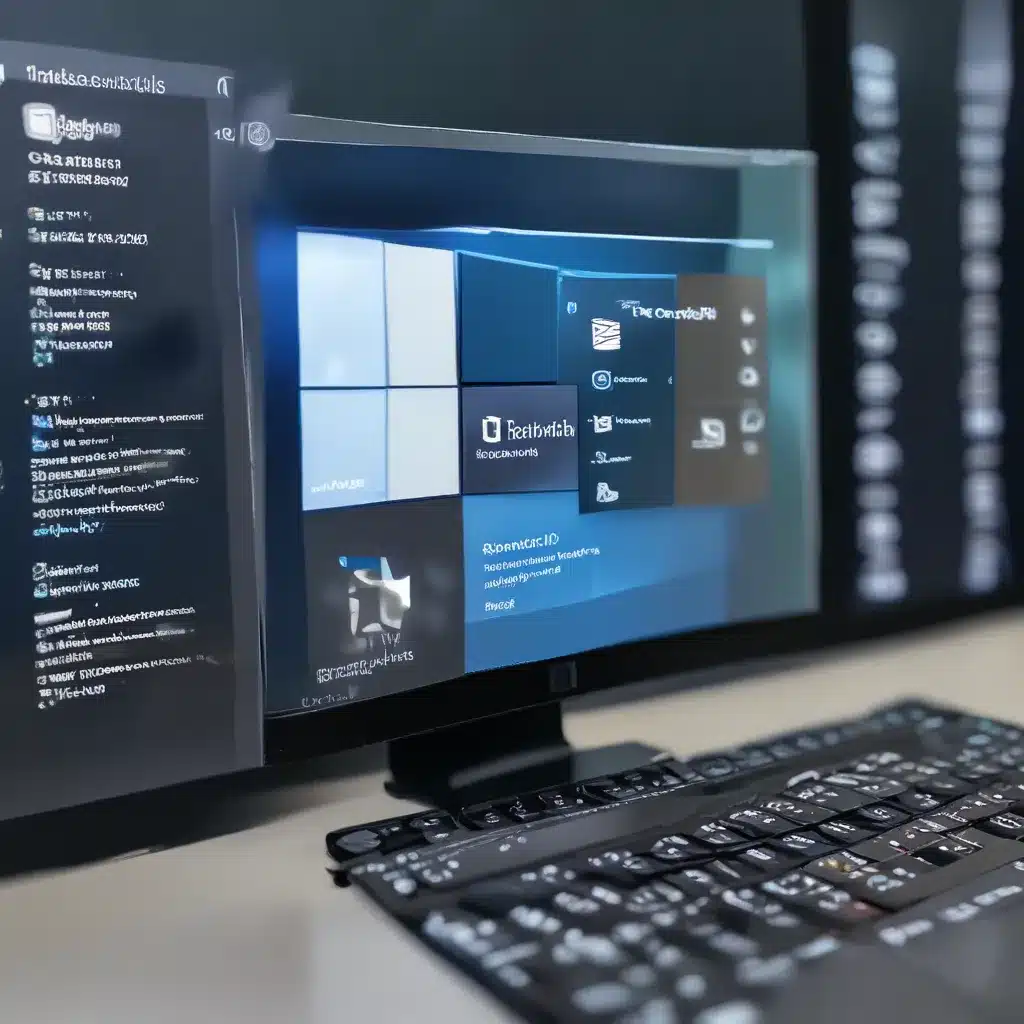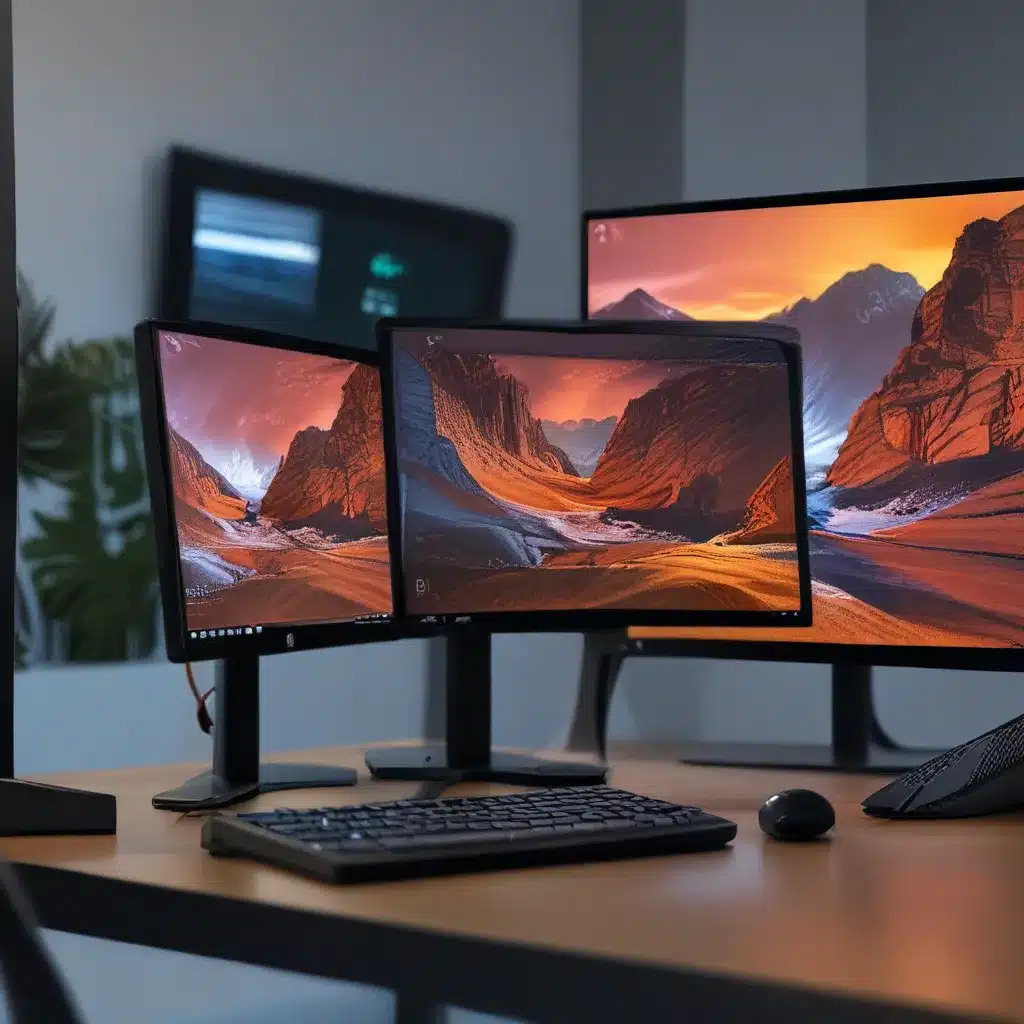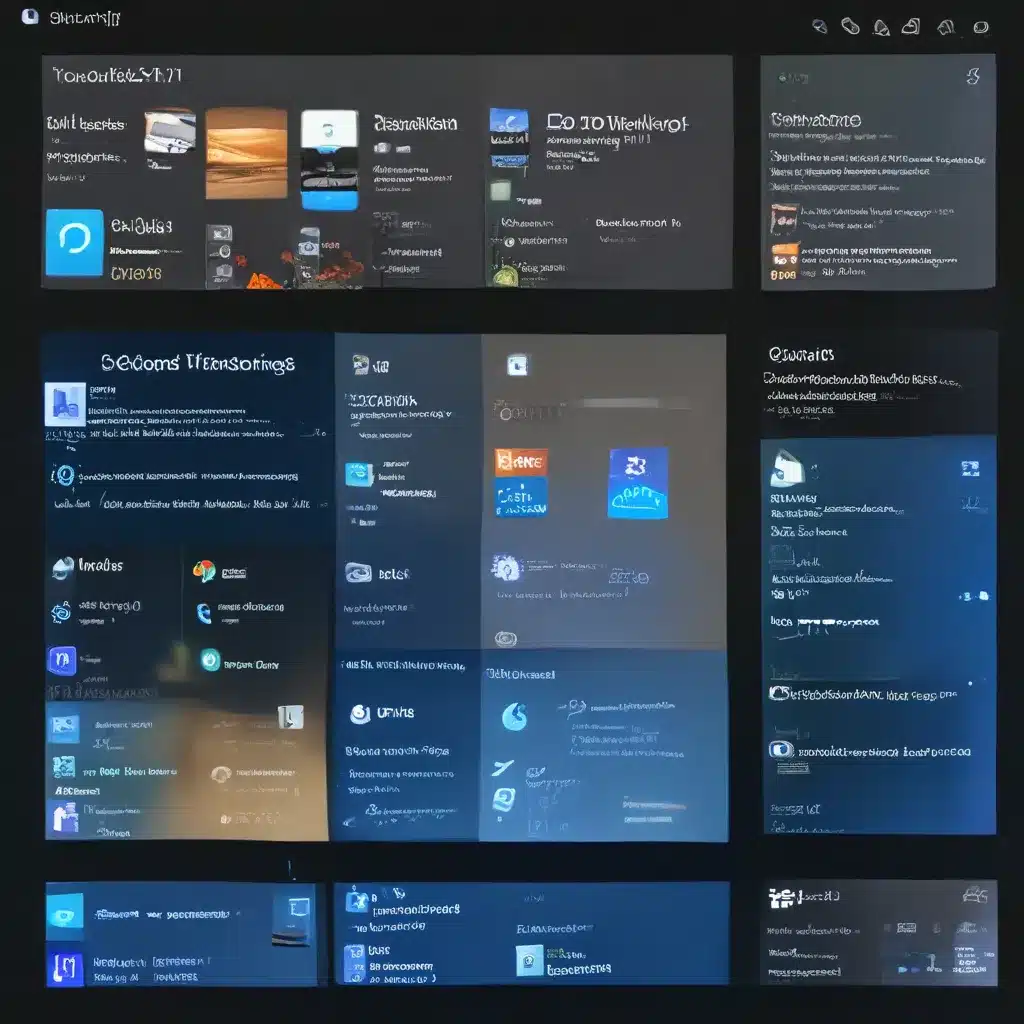The Future is Here: Unlocking the Power of AR in Learning
Picture this: You’re a medical student, about to embark on your first-ever surgery. But instead of a real patient, you find yourself immersed in a virtual operating room, surrounded by life-size, interactive 3D models of the human anatomy. With a simple gesture, you can peel back layers of tissue, examine intricate organs, and practice delicate surgical techniques – all without the risk of harming a real person.
Welcome to the world of augmented reality (AR), a technology that’s poised to revolutionize the way we approach education and training, particularly in the fields of healthcare and beyond. As an aspiring writer with a deep fascination for the intersection of technology and learning, I’ve been closely following the advancements in this realm, and let me tell you – the future is here, and it’s nothing short of extraordinary.
Realistic Simulations and Virtual Anatomy
One of the most compelling applications of AR in education is the ability to create hyper-realistic simulations and virtual anatomy models. Imagine a biology class where students can explore the intricacies of the human body by simply donning a pair of AR glasses or using a tablet. With a tap or a swipe, they can zoom in on individual cells, dissect organs, and even witness the inner workings of the cardiovascular system in real-time.
This level of immersion not only enhances understanding but also sparks a genuine sense of wonder and curiosity in learners. Research has shown that AR-based learning experiences can significantly improve knowledge retention, as the information becomes more tangible and relatable for students.
But the benefits of AR-powered simulations extend far beyond the classroom. In the field of medical training, for instance, these technologies are revolutionizing the way aspiring healthcare professionals hone their skills. Imagine a future where surgeons-in-training can practice complex procedures on virtual patients, refining their techniques and reducing the risk of errors during actual operations.
Interactive Surgical Guidance
Speaking of surgery, AR is also making waves in the operating room, providing surgeons with valuable tools for real-time guidance and decision-making. By overlaying digital information directly onto the surgical field, AR systems can highlight critical anatomical structures, display vital patient data, and even suggest optimal incision points.
This level of augmented guidance helps to enhance precision, reduce errors, and ultimately improve patient outcomes. Imagine a scenario where a surgeon, faced with a particularly challenging procedure, could seamlessly access the expertise of a remote specialist, who could provide real-time feedback and guidance through an AR-enabled device.
Remote Collaboration and Consultation
And that’s precisely the kind of scenario that AR is making possible. This technology is transforming the way healthcare professionals collaborate and consult with one another, regardless of their physical location. As highlighted on LinkedIn, AR-enabled devices allow for the sharing of live video feeds, augmented visuals, and other critical information, enabling remote experts to provide guidance and support during complex procedures.
This capability is particularly valuable in telemedicine and remote healthcare scenarios, where patients in underserved or isolated areas can receive the specialized care they need, without the limitations of geographical barriers. Imagine a rural community, where a local clinic can leverage AR to connect with a top-tier hospital hundreds of miles away, ensuring that patients receive the highest quality of care, no matter where they are.
Medical Education and Training Tools
But the impact of AR in the world of education and training extends far beyond the medical field. Across various disciplines, educators and trainers are embracing this technology to create truly engaging and immersive learning experiences.
As reported by eLearning Industry, AR-based training modules can offer interactive simulations, virtual field trips, and even hazard-free experimentation, all of which can dramatically enhance knowledge retention and skill development. Imagine an engineering course where students can virtually construct and test complex structures, or a history class where students can step into the shoes of historical figures and witness pivotal events firsthand.
The beauty of AR-powered learning is that it caters to the natural way our brains process information – visually. According to research, humans tend to process visual information 6,000 times faster than text, making AR an incredibly effective tool for delivering complex concepts in a digestible and engaging manner.
Enhanced Patient Education
But the applications of AR in education and training go beyond just the academic realm. This technology is also transforming the way healthcare providers communicate with and educate their patients.
Imagine a scenario where a doctor can use AR to vividly illustrate the details of a patient’s medical condition or the intricacies of a proposed treatment plan. By bringing these complex topics to life through interactive visuals, healthcare providers can empower patients to become active participants in their own care, promoting better understanding, informed decision-making, and improved adherence to treatment plans.
The Future is Bright
As I delve deeper into the world of augmented reality and its impact on education and training, I can’t help but feel a sense of excitement and wonder. This technology is not only revolutionizing the way we learn and acquire new skills but also pushing the boundaries of what’s possible in the realms of healthcare, engineering, and beyond.
At IT Fix, we’re at the forefront of this technological revolution, helping our clients harness the power of AR to drive innovation, improve learning outcomes, and ultimately, transform the way we interact with the world around us.
So, buckle up, dear reader, because the future is here, and it’s about to get a whole lot more immersive.

